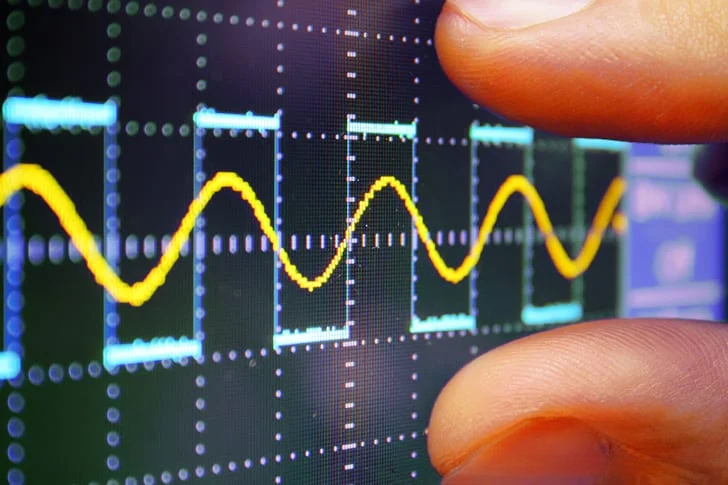In our increasingly electrified society, the quality of electricity has emerged as a pivotal issue. It’s not just about having power; it’s about having good-quality power. The electric power system’s ability to provide consumers with a reliable, continuous power supply, free from voltage and current distortions, defines the quality of electricity. However, a number of problems related to electricity quality persist, creating challenges for consumers, utilities, and the environment.
Current Problems with Electricity Quality
The main issues concerning electricity quality involve harmonics, voltage instability and imbalances, and power factor problems.
- Harmonics: Harmonics are distortions in the waveforms of the electrical current or voltage, generally due to nonlinear loads like computers, LED lights, and electronic equipment. High levels of harmonics can cause excessive heating in electrical equipment, circuit breaker trips, and even power system failure.
- Voltage instability and imbalances: Voltage instability refers to the inability of a power system to maintain stable voltage levels at all supply points, while voltage imbalances occur when the three voltages in a three-phase system are not equal or do not have a 120° phase difference. These issues can lead to a reduced lifespan of equipment, increased power loss, and reduced power system capacity.
- Power Factor Problems: The power factor is a measure of how effectively incoming power is used in an electrical system. Low power factors can result in higher power consumption, increased electricity costs, and inefficient energy use.
Improving Electricity Quality
Addressing these challenges necessitates a multi-pronged approach that integrates innovative technology, stringent standards, and informed decision-making.
- Employing Harmonic Filters: Harmonic filters can be used to reduce or eliminate the adverse effects of harmonics. These devices work by providing a low-impedance path for harmonic currents, preventing them from entering the power system.
- Voltage Stabilization and Balancing Equipment: The installation of voltage stabilizers, regulators, and voltage balancing systems can correct voltage instability and imbalances. These devices adjust voltage levels and equalize phase voltages to ensure the reliability and efficiency of the power system.
- Power Factor Correction: Power factor correction devices, like capacitors and synchronous condensers, can be used to improve the power factor. These devices provide reactive power to the power system, reducing the burden on the power supply and increasing overall system efficiency.
- Choosing Quality Equipment: Selecting equipment that produces lower harmonic contributions, for example, inverters with low harmonic distortion, is a proactive strategy to improve electricity quality.
- Implementing Smart Grids: Smart grids can enhance power quality by facilitating real-time monitoring and control of power systems. They can identify and isolate problem areas, optimize power factor, and manage voltage levels.
Ensuring high-quality electricity is a complex, but critical, undertaking. It requires an in-depth understanding of power systems, careful equipment selection, and the implementation of advanced technologies. As we move towards a greener future, improving electricity quality will not only enhance power system performance but also contribute significantly to energy efficiency and sustainability.

